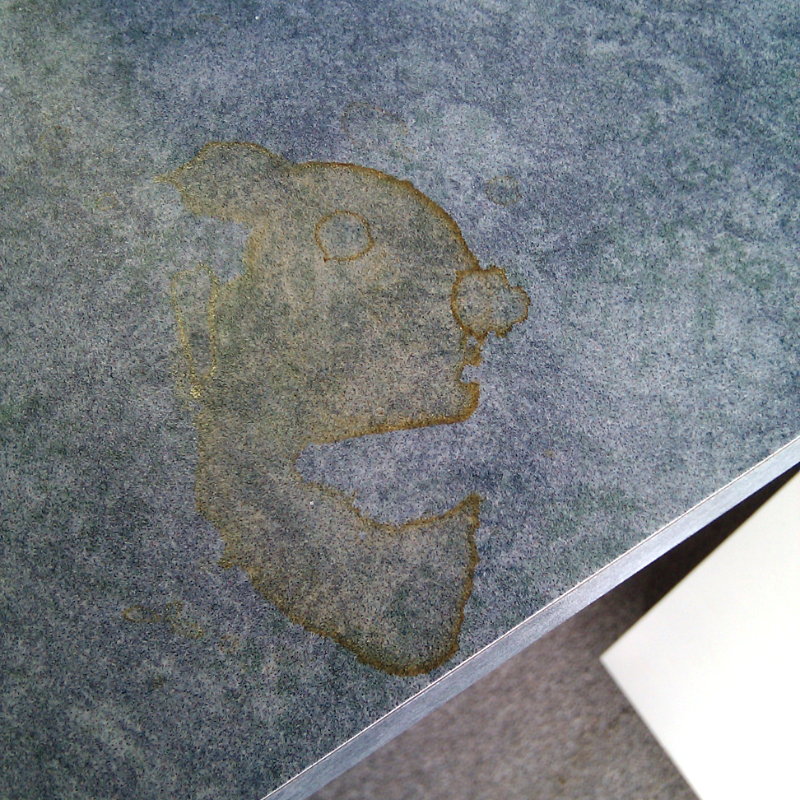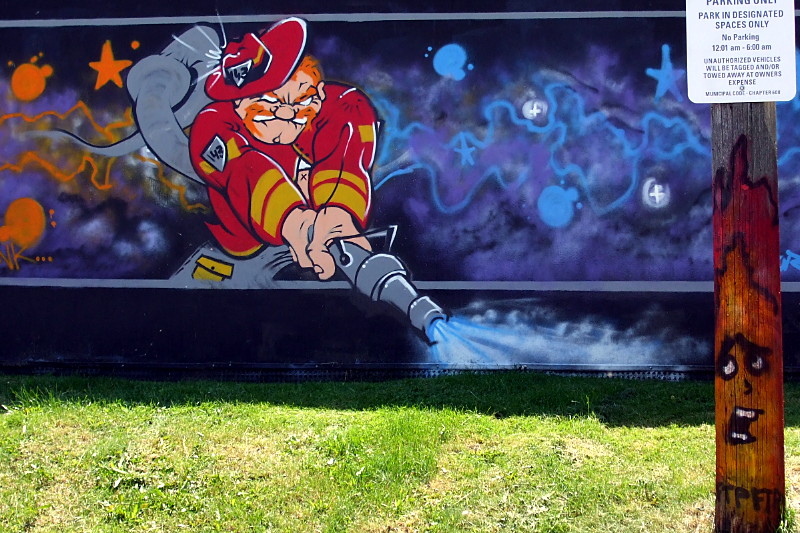
I published my first public post on this blog five years ago today. Writing a blog always struck me as kind of a funny thing to do, so I always wanted to have fun with it. My work largely requires me to fix problems (occasionally of my own creation) on relatively short timelines so I’m used to quickly identifying issues and researching solutions to the various technical absurdities and contradictions that I encounter. I suppose that mindset translates into my Dodgeville ramblings as well. In a lot of ways, updating Dodgeville is a release valve, a way to get something off my chest or to put aside some other problem for a few minutes while I slap together a post. Although I write primarily for my own enjoyment, I greatly appreciate that you, my loyal half-dozens of readers, accompany me on my journeys through the city, the countryside, and the boxes in my basement.
The topics I cover are frequently hyper-local and the posts often more detailed than necessary. Indeed, something as minor as repaving of a road around the corner from my house merited a grand total of six posts (so far) examining the results. A big empty field has been the subject of three recent posts. And on days when I’m too lazy to go outside, I just write about random things I pull out of boxes in the basement. I’ve sometimes thought about resubtitling Dodgeville from “Random wanderings and wonderings” to “Stuff within a five-minute walk of my house and sometimes not even that far.”
One of the eternally frustrating things about blogging is having too many things to cover and not nearly enough time to write about them all. So my digital archives slowly fill with clippings, links, pictures, snippets of potential posts, research reminders, and large projects that just haven’t come together yet. Some of those projects have been hanging around on my to-do list since 1994, waiting for technology to advance to the point that I’ll be able to do justice to my vision. One project idea that I had in 2006 will finally be coming to fruition this summer. Many others continue to bide their time, already born of my 1% inspiration and awaiting my 99% perspiration. Still other posts await because they were no longer timely when I finally got around to writing them, but will almost certainly be topical again at some point. Yet more ideas never made it into the serious consideration stage, including Bruise of the Week, Grave of the Month, and The Daily Sock. Consider yourselves lucky.
It’s been three years since I did one of these anniversary posts, so rather than going back and picking out my favourite posts since then, I’m going to put up a short gallery of a few interesting pictures that never made it into full posts for one reason or another. As always, thanks for reading, and I hope you accompany me for another year of wanderings, amusement, outrage, and signs. Always more signs.
Check out the random gallery below the fold.

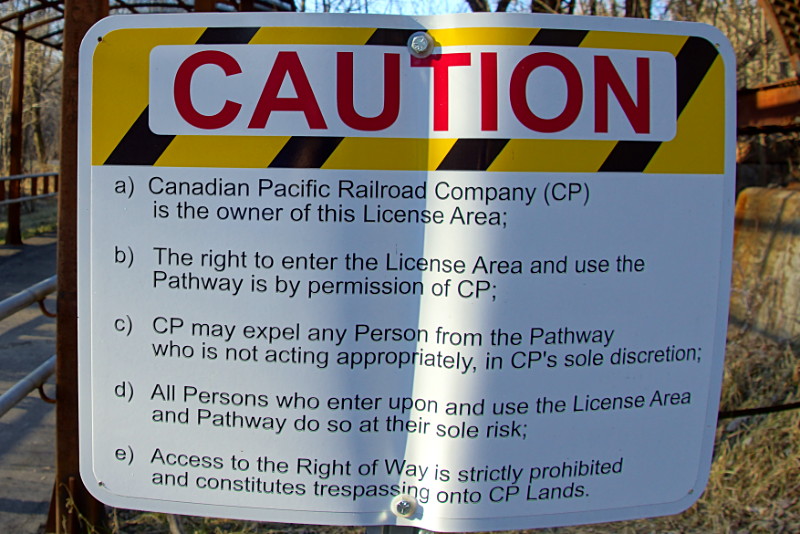
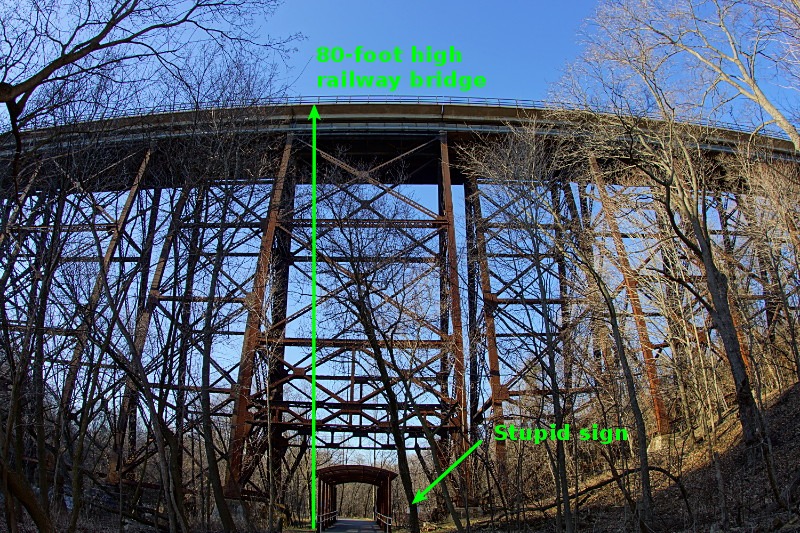
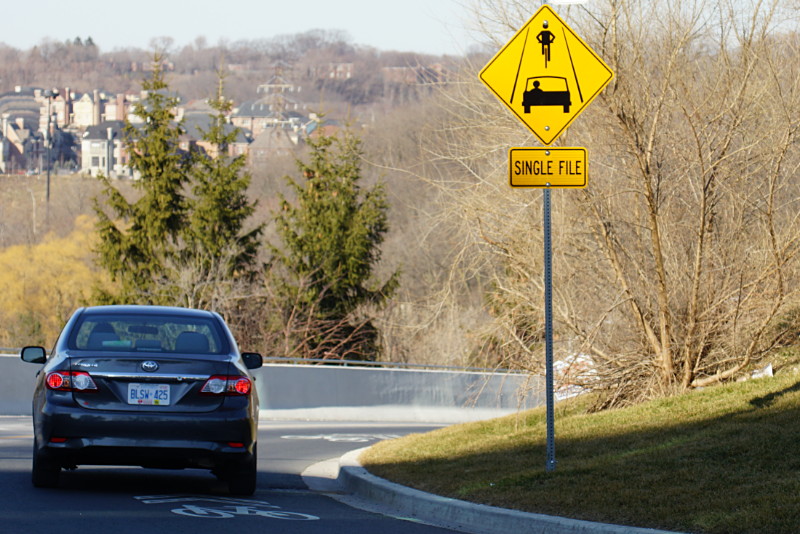
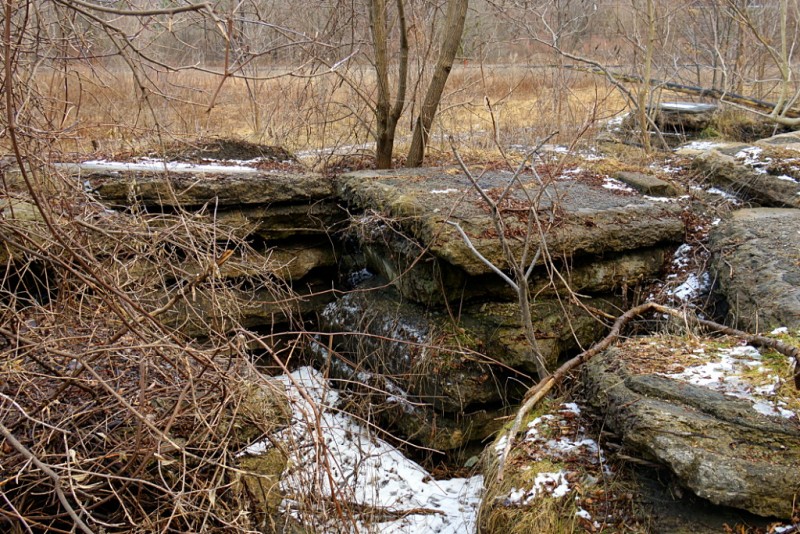

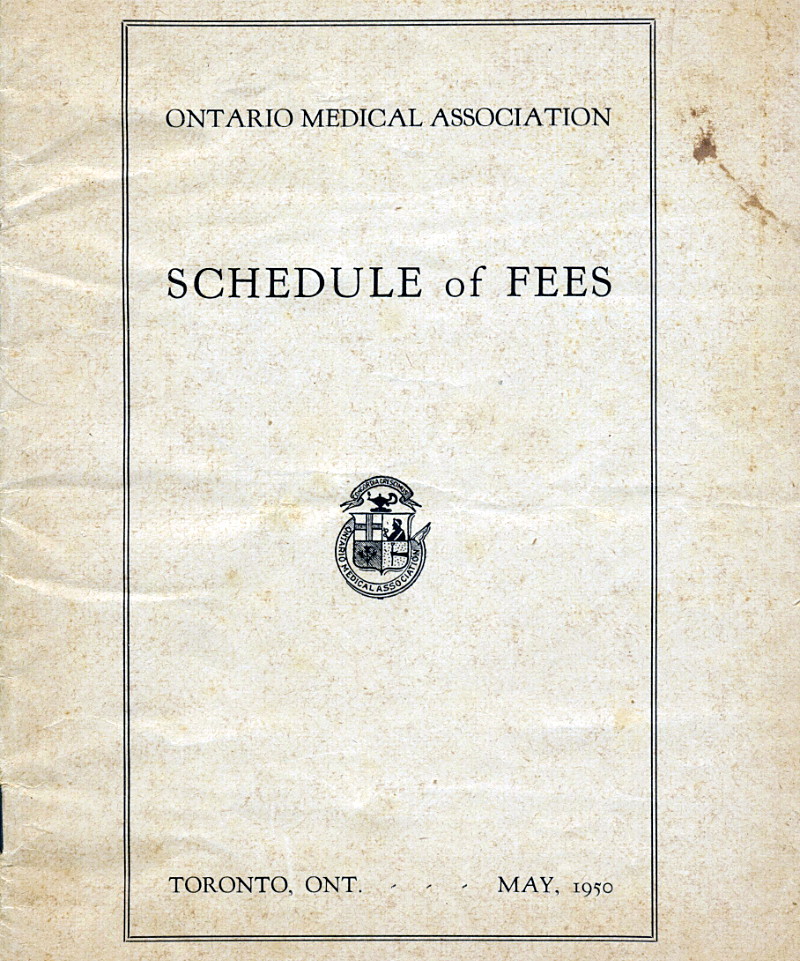 Digging through old boxes of stuff occasionally turns up a real gem like this Ontario Medical Association fee schedule from 1950. It lists the standard fees that doctors should charge patients for various medical procedures, house calls, and lab tests. Read below the fold for a few scans from inside.
Digging through old boxes of stuff occasionally turns up a real gem like this Ontario Medical Association fee schedule from 1950. It lists the standard fees that doctors should charge patients for various medical procedures, house calls, and lab tests. Read below the fold for a few scans from inside.